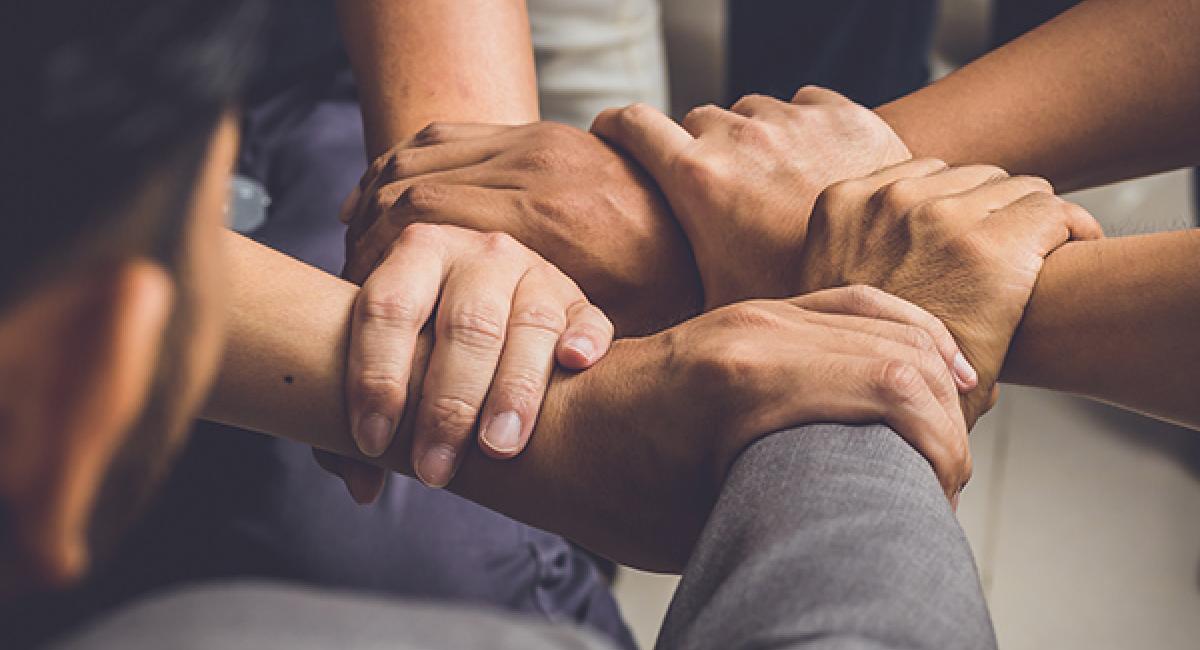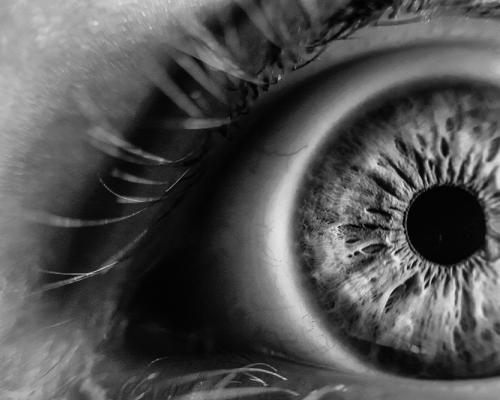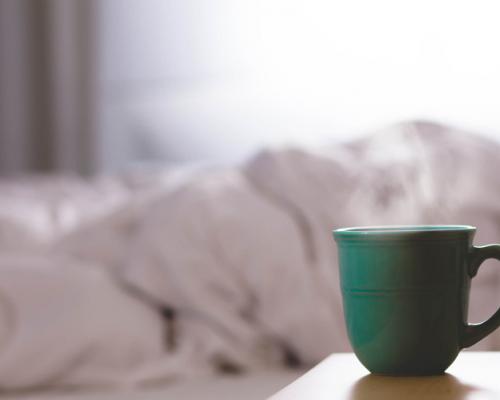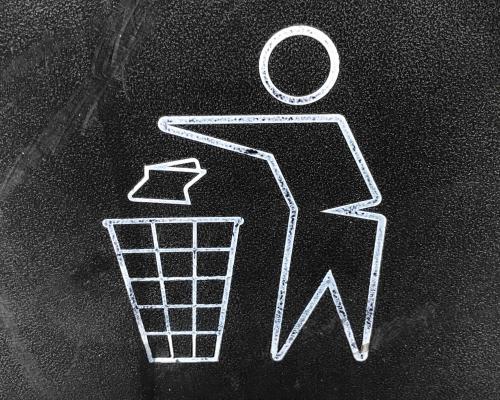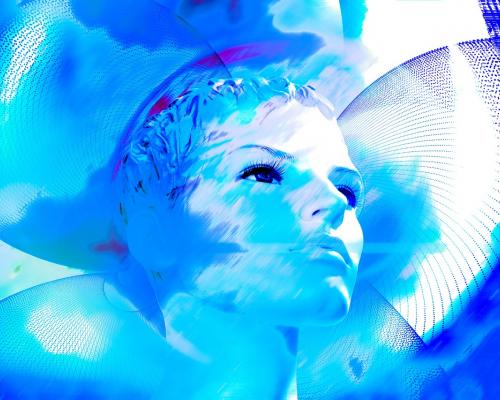Only Connect
Julia Welstead considers the importance of our human need for connection
We seek to connect with our fellow humans from the moment we are born because we would die without that connection. Imagine a human baby surviving alone, without help. It’s not possible. Our chances of survival through illness or infirmity are also much enhanced when we are looked after by others, be they family, friends or health professionals. It seems obvious then, that connection to others is an essential emotional and physical need when we are young and/or vulnerable, and yet we seem to have lost sight of the fact that connection with others helps us to thrive and flourish in all aspects, and at all stages, of life.
As with so many of our essential emotional needs, our need for connection is rooted in those long gone days when we had to hunt for food and defend ourselves against predators and rival tribes. Alone, we would not have survived. Together, we had a much better chance – and in fact history proves that because of our pack animal mentality we did indeed survive, thrive and dominate as a species. We are hardwired – we have fixed circuits in our brains – to be community minded, gregarious and cooperative.
In myriad ways we have changed and developed from those historical times, and yet the way our brains are wired for survival remains constant. It’s as true today as it was then that we need community, we need connection, we need human interaction, in order to thrive.
Those of us lucky enough to have had a stable family upbringing will have benefited from close connection with immediate relatives, whatever the surrounding situation, and will have subconsciously absorbed the need for, and benefits of, connection to our community:
We knew, innately, that we needed to connect in order to survive and yet, as we moved through the centuries from nomadic hunting to more settled, agrarian societies and from subsistence, collective living to, most recently, a more consumerist and individualistic mindset, we have somehow lost sight of that need.
In his book Lost Connections Johann Hari poignantly describes how he was brought up in an area where neighbours were polite, but neighbourhoods weren’t united as a community, and everyone’s life happened behind closed doors. Encouraged to feel proud of being able to cope alone and not rely on others (the opposite of what our ancestors would have believed), the importance of connection was lost and the loneliness of disconnect rose.
Our digital revolution has taken this further: now individuals within the same home are quite likely to be living in isolation from each other – the family togetherness replaced by social media “connections” with geographically disparate groups. On our digital connection, Dr Hilare Cash, a psychotherapist and co-founder of reSTART Life, rehabilitation centre for internet and gaming addicts, has this to say:
But are we really so disconnected?
In my own therapeutic practice I always ask clients to fill out an ENA (Emotional Needs Audit) form and am struck by how often the connection question gets polarised results: either top marks or zero. On asking about this however, it seems that many people consider their connection to other humans gets top marks if they have a partner, or close family, and zero if they are single. In other words, we have begun to rely on one close relationship, or at most a nuclear family, to serve all our connection needs, rather than looking to our wider community.
HG graduate Ezra Hewing’s work with Suffolk Mind, where he is Head of Mental Health Education, concurs:
Belgian psychologist Esther Perel put this into a neat nutshell in her interview with Piya Chattopadhyay on Out in the Open:
Esther is also often quoted as saying that “the quality of our relationships determines the quality of our lives” and although that thought causes me to yelp slightly (I am lazy in my nurturing of friendships), I’m sure she is right.
In my HG Journal article about what remote island life can tell us about needs and resources I looked at how small isolated communities do retain the value of connection. Left to their own devices, with less of a nanny state infrastructure to rely upon to resolve day-to-day challenges, I have found that remote island communities, with populations in the hundreds rather than thousands or millions, do turn to each other, do leave their doors open and “have the kettle on”, do chat out on the “street” (farm track, beach, hill), do know and care about what’s going on in their neighbours lives, do go out of their way to help, and do consciously add their own energy their community.
This is not unique to remote communities though. It can happen anywhere, and often does when, through adversity or atrocity (as we have so recently seen in Christchurch, New Zealand, but also in Manchester, Paris, Boston...the list goes on) neighbourhoods who have been going about their lives, behind closed doors, emerge willingly and with an urgent need to connect. It’s all still there within us, the hardwiring, the need.
As Professor of social cognitive neuroscience Matthew Lieberman says in his book Social, “our brains are wired to reach out and interact with others” and “the neural link between social and physical pain...ensures that staying socially connected will be a lifelong need like food and warmth.” Losing a loved one, Lieberman asserts, can cause as much physical pain as losing a limb.
It’s important to note here that, as with all our essential needs, connection can be attained through unhealthy or negative ways. The old saying that, “you won’t find love at the bottom of the bottle” springs to mind, addictive substances being those false friends who do more harm than good. People lured into joining criminal gangs, cults or terrorist groups are invariably seeking meaningful connection in their otherwise isolated lives.
The connection involved in an abusive relationship can cause deep mental distress – as Johann Hari so bravely admits happened in his own life. Needs met in unhealthy ways will cause the same litany of ill health as needs not met adequately at all: anxiety, depression, addiction, anger, pain and a wide range of physical illnesses ensue.
All our needs need to be met in healthy, positive ways, and connection is no exception to this.
It may be tempting to think that community connection is a less essential need than, say, security, but it is arguably the most vital of our needs, as from it springs the freshwater of life that is attention exchange, intimate relationships, a sense of meaning, status and of course security itself. Our needs are all interlinked, and when they are not met in balance we begin to falter, to feel distressed and to suffer illness, a failure to thrive. With our needs met, we thrive and flourish, and connection to our fellow humans is the wellspring of that happy state.
Marina Keegan (1989-2012) author, Massachusetts USA
© Julia Welstead, March 2019
Latest Tweets:
Tweets by humangivensLatest News:
HG practitioner participates in global congress
HG practitioner Felicity Jaffrey, who lives and works in Egypt, received the extraordinary honour of being invited to speak at Egypt’s hugely prestigious Global Congress on Population, Health and Human Development (PHDC24) in Cairo in October.
SCoPEd - latest update
The six SCoPEd partners have published their latest update on the important work currently underway with regards to the SCoPEd framework implementation, governance and impact assessment.
Date posted: 14/02/2024




